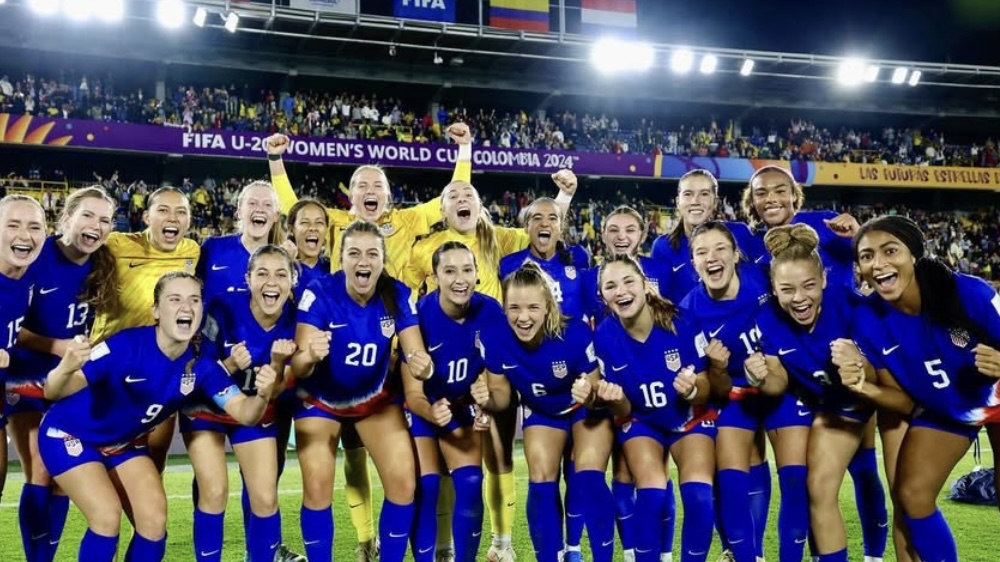Women’s Soccer Was Banned For 50 Years – Here’s Why And How It Came Back
When did women’s soccer start in your mind? Has it been forever? Since the 90s? The 70s? Women’s soccer has come a long way to get to where we are now: handing out a beautiful World Cup trophy every four years. The first women’s international match happened in 1881 between Scotland and England. Just 40 years later, the FA issued their women’s soccer ban. They didn’t overturn the ban until 50 years later, but the damage was already done.
Historic Popularity
From 1881 to 1920, women’s soccer grew throughout Europe. During World War I, women’s leagues gained large followings, entertaining workers on the home front. Women’s soccer was popular enough to create jealousy on the men’s side. On Christmas Day in 1917, 10,000 people cheered on an English game. Women started teams across Europe.
The FA Dubbed Women’s Soccer “Unsuitable”
To curb the rising popularity of women’s soccer, an FA committee issued a controversial opinion. At the time, they stated, “the game of football is quite unsuitable for females and ought not to be encouraged.” Other countries echoed this statement.
FA and European Countries Issue Women’s Soccer Bans
The FA could not stop women from playing soccer, but it could do something else. In 1921, the FA banned women from using their pitches. Women could still play on other fields, but most available to them were not up to professional standards.
The FA was not acting alone. Countries were lining up to claim that women’s soccer damaged female bodies or made women masculine and unable to have children. Scotland was the first country to ban women’s soccer. England, Germany, Spain, and France followed. Women and girls played occasional games for charity, but opponents protested these games. The games were so infrequent that women’s soccer failed to develop for decades.
Women Defy Bans
In the 1970s, the fight for women’s rights gained traction. The Women’s World Cups in Italy in 1970 and Mexico City in 1972 were major events. These Cups were not official, but they drew enormous crowds. They even attracted 100,000 fans to the Estadio Azteca in Mexico. UEFA urged countries to lift their bans and support women’s soccer.
Women’s Play Restarts
The FA lifted the field-use ban in 1971, and other countries followed suit in the following years. However, women’s soccer was not exactly the game we know it as today. In Germany, for example, women were only allowed to play if their games met absurd conditions, and the restrictions left them woefully unprepared for international competition. Italy became the first country to allow women’s professional soccer, and fans took to it readily. FIFA held the first Women’s World Cup in 1991 and the Olympics added women’s soccer in 1996. Now, many countries host professional women’s leagues.
The Fight to Legalize Soccer Continues
Countries in the Middle East, Asia, Africa, and Latin America still restrict or even ban the women’s game. Iran recently lifted its ban on women watching soccer games. Saudi Arabia and the United Arab Emirates still ban the game, but the rest of the Arab world has taken to women’s soccer. Argentinian women are suing for the right to play professionally as the game continues to spread worldwide. Brazil lacks a national women’s league.
The fight for professional women’s soccer continues. But more women are playing, watching, and demanding more opportunities. Women’s soccer is growing rapidly, and the entire world needs to get on board.
Featured Image via Wikimedia Commons
_
GIRLS SOCCER NETWORK: YOUR SOURCE FOR GIRLS SOCCER NEWS













